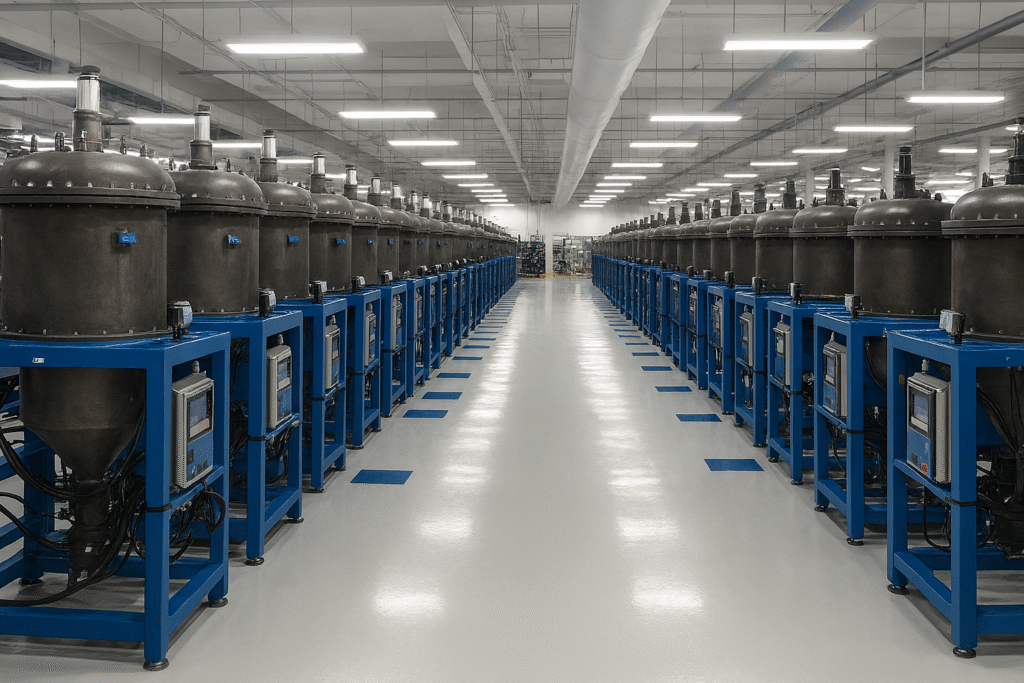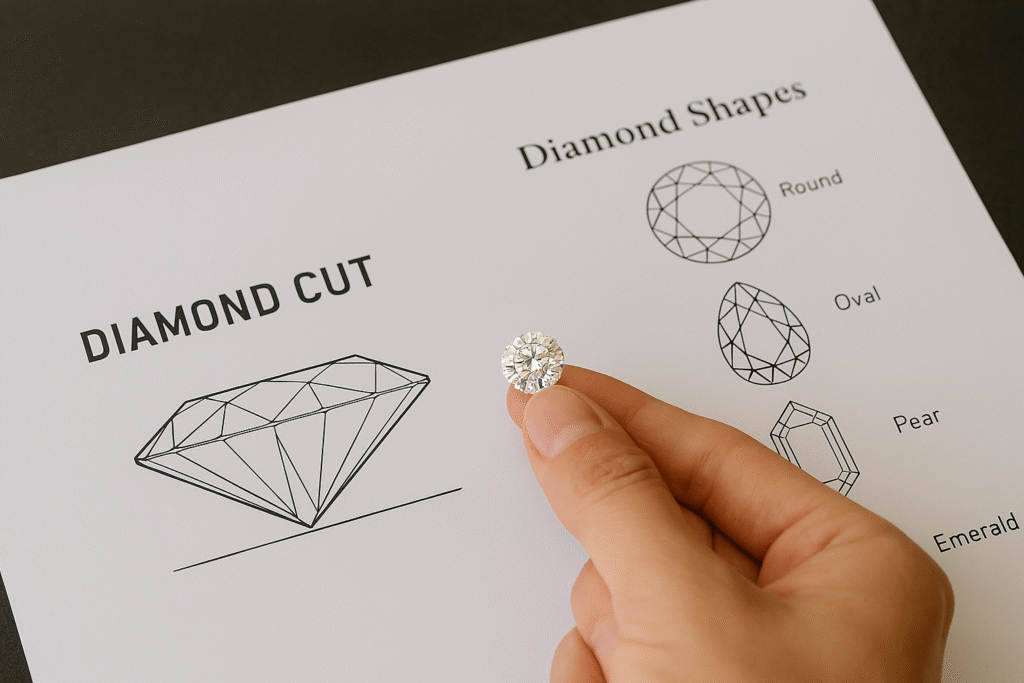KIRA Jewels, the world’s largest grower of CVD lab-grown diamonds, has announced a major expansion. The company has scaled from 2,600 to 4,000 CVD reactors, making it the most dependable supplier of sustainable lab-grown diamonds worldwide.
Monthly Production Capacity
- 250,000 polished carats produced each month
- 1 million sq. ft. solar-powered facility in India
- Powered by 75 MW solar energy, doubling to 150 MW by 2026
- Over 8,000 skilled artisans ensuring precision and craftsmanship
“The key is reliability,” said a KIRA spokesperson. “Our partners trust us because every diamond is grown, cut, and polished in-house with full transparency.”
Largest U.S. Inventory of Lab-Grown Diamonds
KIRA Jewels maintains the largest lab-grown diamond inventory in the U.S., with:
- 150,000 certified stones available for next-day delivery from New York
- Over 250,000 certified diamonds globally across all shapes, sizes, and grades
- 4,700+ partners worldwide, from manufacturers and designers to retail chains and independent jewelers
This vertical integration ensures consistent quality, sustainability, and scalability.
Certifications and Sustainability
- SMETA and SEDEX certified operations
- Solar-powered growth with reduced carbon footprint
- Ethical sourcing and production chain
FAQ: KIRA Jewels Expansion
Q: Why is KIRA expanding to 4,000 CVD reactors?
A: To meet rising global demand and ensure partners get consistent, high-quality diamonds with reliable supply.
Q: How many carats does KIRA produce every month?
A: Currently 250,000 polished carats, making it the largest CVD lab-grown diamond grower in the world.
Q: What makes KIRA different from other lab-grown diamond companies?
A: Unlike many distributors, KIRA is fully vertically integrated, producing every diamond in-house. This ensures quality, transparency, and long-term trust.
Q: Does KIRA follow sustainable practices?
A: Yes. The facility runs on 75 MW solar power, expanding to 150 MW, and holds SMETA and SEDEX certifications.
Industry Recognition
- Backed by the Kiran family’s four-decade diamond legacy
- Recognized as the most scalable lab-grown diamond supplier worldwide
- Trusted by 4,700+ global partners
Suggested Reading:
When learning about diamond certifications, check the guide on Understanding GIA and IGI Certificates.
To explore more about sustainable jewelry, check the article on Eco-Friendly Diamonds vs. Mined Diamonds.
For buyers in the U.S., read: Where to Buy Lab-Grown Diamonds in New York.
Retailers can also explore Jewelry Industry Insights section for updates.
Introduction
This comprehensive Watch Buying Guide answers the most common questions about timepieces.
Whether you’re purchasing your first watch or adding to your collection, these expert insights help you make informed decisions.
From understanding movement types to choosing the right size for your wrist, you’ll find everything needed before making a purchase.
What Types of Watches Should You Consider? – Watch Buying Guide Insights
Understanding the five main categories helps narrow your options:
- Mechanical watches – Use springs and gears. No battery needed.
- Quartz watches – Battery-powered; most accurate.
- Automatic watches – Wind themselves from wrist movement.
- Digital watches – Display time numerically on a screen.
- Smartwatches – Connect to your phone and track fitness data.
Accuracy Expectations – Watch Buying Guide Tips
- Quartz watches – Lose about 15 seconds per month.
- Mechanical watches – Lose 20–40 seconds per day.
- Atomic watches – Lose 1 second every 100 million years.
- Your phone’s clock stays perfectly accurate.
Water Resistance Considerations
Water resistance ratings affect usage scenarios:
- 30m – Handles rain and handwashing
- 50m – Safe for swimming
- 100m – Suitable for snorkeling
- 200m+ – Scuba diving
Replace gaskets every 2–3 years to maintain resistance.
Maintenance Schedule – Watch Buying Guide Advice
- Quartz watches – Battery replacement every 1–3 years.
- Mechanical watches – Full service every 3–5 years.
- Service costs: $200–800 depending on the brand.
Watch for stopping, running fast/slow, or condensation under the crystal.
Pricing Strategy
- Budget watches – Plastic cases, basic movements
- Mid-range watches – Steel cases, reliable mechanisms
- Luxury watches – Precious metals, hand-finished details
Remember: craftsmanship, materials, and brand prestige drive prices.
Sizing Advice
- 6–7 inch wrists – 38–42mm
- 7–8 inch wrists – 40–44mm
- 8+ inch wrists – 42–46mm
Ensure lugs don’t overhang wrist edges.
Complications to Prioritize
- Date display – Useful daily
- GMT hand – Second time zone
- Chronograph – Stopwatch
- Moon phase – Decorative
- Annual calendar – Adjusts month lengths
More complications = more things that can break.
Maintenance Tips
- Clean with a soft cloth
- Avoid extreme temperatures & magnets
- Wind manual watches daily
- Use watch winders for automatics
- Don’t adjust date between 9 PM–3 AM
Investment Potential
- Most watches lose value after purchase
- Only select Rolex, Patek Philippe, Audemars Piguet models appreciate
- Vintage watches from 1960s–70s show strong growth
- Buy watches you enjoy wearing, not solely for investment
Essential Tools
- Spring bar tool
- Case back opener
- Soft polishing cloth
- Watch cushion
- Demagnetizer
Where to Purchase
- Online – Better selection, often cheaper
- Physical stores – Try before buying
- Authorized dealers – Full warranties
- Grey market – Discounts, limited warranty
- Forums/eBay – Vintage pieces, verify authenticity
Learn More:



